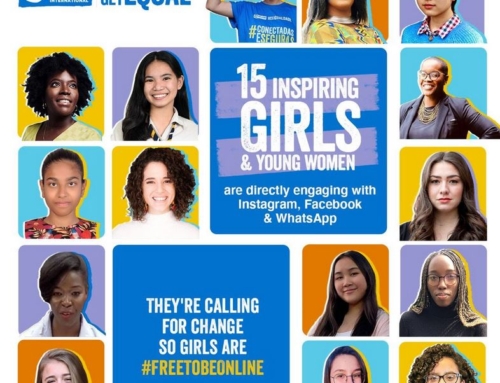Fact-checking and Verification have since long been crucial skills for journalists even before the COVID-19 pandemic. In fact, these two must move hand in hand with journalism in order to ensure that facts and the truth are never buried. But with the current environment characterized by social media platforms and 1.56 billion yearly smartphone unit sales, everyone can attempt to be a journalist. All one needs is an internet connection and they can create or spread the news however they like. This is partly why the current pandemic is more dangerous than any before. The spread of misinformation/fake news on the internet is much faster than the coronavirus itself and some have referred to it as an “infodemic” or “disinfodemic”. We have heard things like “5G spreads the virus”, “children are immune”, “Africans are immune”, “at-home remedies such lemon, garlic being proven cures” and plenty more which have been misleading people into disregarding medical advice which is dangerous.
But thankfully, we live in an information environment that empowers everyone to be informed, educated, do research, and a lot more from wherever they are. This is what can help us fight this infodemic. In order to survive this, we must enrich ourselves with fact-checking and verification skills and fully understand fake news, how it develops, and how to fight it. As we all attempt to be journalists online, we should make sure we provide accountable and timely information.
Pollicy is here to help you navigate through this infodemic. Below you will find some tips to identify fake news and help you be able to understand what it really means. You will also find information on disinformation and misinformation and how all these differ;
So how is Fake News related to Misinformation and disinformation?
While Fake news refers to news or stories created to deliberately misinform or deceive readers, misinformation refers to inaccuracies that stem from error, and disinformation is deliberate falsehood promulgated by design. Misinformation can be used to define disinformation; when known misinformation is purposefully and intentionally disseminated.
So how is the world tackling this misinformation problem?
Since technological advancement through techniques such as creating deep fakes has helped worsen the fake news problem, It now has needs to stop it. Through techniques such as machine learning and AI, we can be able to automatically detect and eliminate fake news from social media.
As governments around the world make efforts to protect the health of their people, it is also important that they also prioritize safeguarding the same people from rumors and misinformation. As mentioned above, the rumors are as dangerous as the pandemic itself or even more deadly. This can be done through releasing timely information, having strict laws governing how information is shared, and urging citizens to stay away from non-official sources of information. This should, in turn, build public trust in government which is key in uniting people. This unity is essential during and after hard times like these.
Written, compiled, and conceptualized by Arthur Kakande, Communications Lead at Pollicy. Designs by Wilson Lukwago, Design Lead at Pollicy.





Leave A Comment